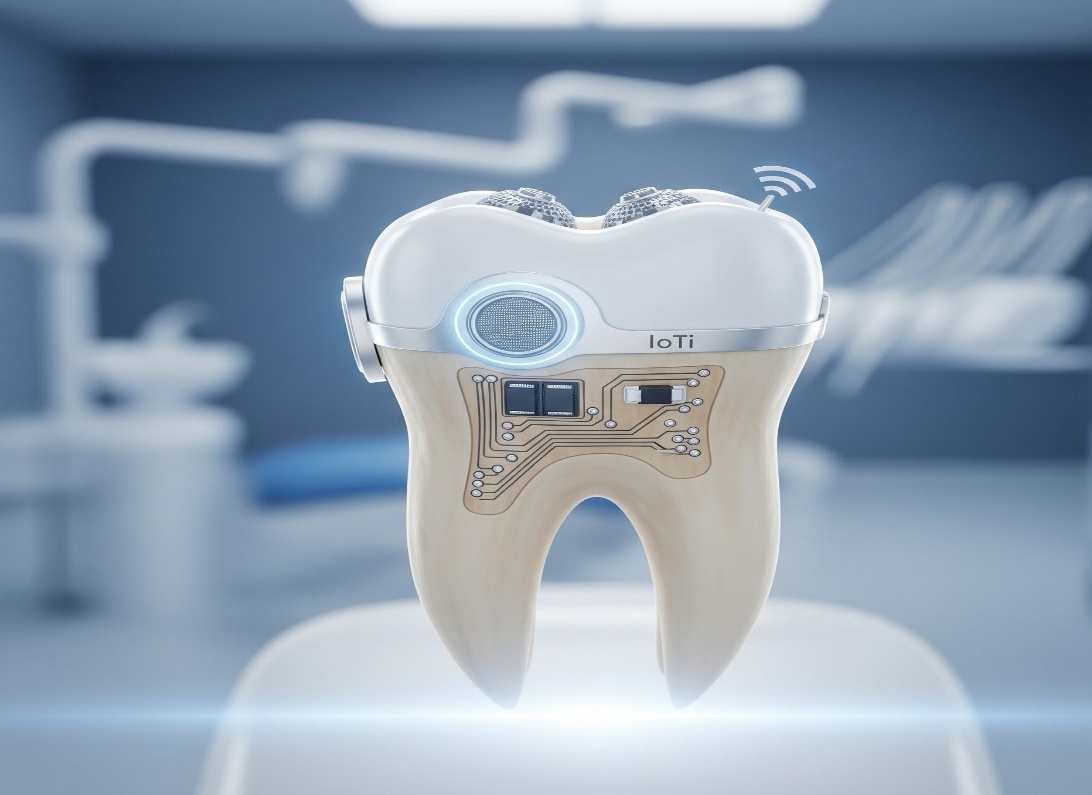

AI powered dental tools are changing the way we practice modern day dentistry.
Right from diagnosis, x-ray interpretation, managing appointments, patient scheduling, inventory management everything can be streamlined through AI.
These technologies are making a revolution in the way we use to perceive dental care.
Dental clinics are now using smart tools to deliver accurate and timely dental care to patients.
In this article we will see how smart devices and innovation in IoT (INTERNET OF THINGS) and AI tools are reshaping modern dentistry.
The global dental industry is transforming rapidly. And the biggest contributing factor to this change is the availability of smart devices and AI-powered tools.
These technologies are not just improving diagnosis and accuracy, but also helps in avoiding human error, thus giving more personalised care to patients.
According to a 2024 market report the dental AI market is projected to reach $6.4 billion by 2029, driven by the growing demand for better diagnostic tools and patient engagement.
Smart dental devices are the devices which are integrated with technologies like AI, machine learning(ML), IoT, and data analytics.
These devices are trained on huge datasets and can collect real-time data, analyse it, and provide actionable insights to both dentists and patients.
These devices typically fall into several categories:
Each of these plays a role in making dentistry more precise, patient-friendly, and efficient.
We all know the traditional methods of making an impression, quite messy and uncomfortable for patients, isn’t it!
Well, with the advancement of new technology we can make an impression easily without making a mess and are also patient friendly.
Today we have IoT-enabled intraoral scanners devices that capture 3D digital impressions of the patient’s oral cavity in real time.
These scanners not only improve accuracy but also reduce the need for repeat visits.
Brands like iTero Element and 3Shape TRIOS are leading this space by offering high-definition, cloud-connected devices that integrate directly with treatment planning software and labs.
Smart dental sensors are embedded into toothbrushes or even braces to monitor real-time oral health metrics such as plaque levels, brushing habits, and gum inflammation.
For example:
Dental radiographs are essential for diagnosing cavities, bone loss, cysts, and tumours.
AI integrated diagnosing tools are now being used for image interpretation, often spotting anomalies that might go unnoticed by human eye
Platforms like Pearl's “Second Opinion” and Overjet use deep learning (DL) algorithms trained on vast datasets of X-rays to detect conditions such as caries, periodontal disease, and periapical lesions, cancers , tumor and cysts with accuracy.
These tools reduce diagnostic errors and increase consistency among practitioners.
AI systems trained on thousands of clinical images can help identify early signs of oral cancers and precancerous lesions.
This could be a revolutionary step in remote areas where access to specialists is limited. Early detection and timely intervention can improve survival rates and AI could play a critical role here.
AI tools can analyse patients' past medical history, previous x-ray images, habits and can design a personalised treatment plan for the patient.
Following are some of the key players in this domain-
AI plays a huge role in planning and monitoring clear aligner treatments. Companies like Invisalign (Align Technology) use AI to simulate tooth movement and predict treatment outcomes before the aligners are even made.
AI chatbots and voice-based assistants are being used for patient communication, appointment scheduling, and answering queries and faqs.
These assistants are integrated with Electronic Health Records (EHRs) and can streamline
For instance, Simplifeye and Patient Prism provide conversational AI tools that engage patients while also collecting valuable feedback and data.
Integrating AI chatbots can enhance patient experience due to their 24/7availability and availability in multiple languages makes it easier for everyone to use by overcoming language barriers.
AI-driven tools help dentists make better and informed decisions by offering treatment suggestions, predicting possible drug interactions, and recommending diagnostic tests based on symptoms, habits and medical history.
AI tools can analyse huge volumes of data in seconds, reducing diagnostic errors and improving treatment outcomes.
Automation of tasks like appointment scheduling, billing, and documentation reduces a lot of burden from the staff and the clinician.
Smart apps and wearable devices make patients more involved in their care by offering real-time feedback and making them aware of their oral health.
Early detection and preventive care specially in case of cancers and tumours, using AI can reduce the risks of life-threatening situations in future by early intervention.
While the benefits are immense, there are challenges too, that must be addressed:
Sensitive dental and health data must be protected. Compliance with regulations like HIPAA (USA) and GDPR (Europe) is critical.
Dentists and staff need proper training to understand and utilize AI tools to its full potential.
Many AI software come with a high cost of installation and maintenance, which might not be feasible for small clinics.
The future of AI looks promising in the ways it is transforming the dental industry.
With continuous innovation, we’re heading toward an era of precise, timely and efficiently managed dental practices.
Integration of AI in dental practices is not just the part of a trend rather its a necessity in today’s time.
From IoT scanners capturing minute oral details to AI assistants helping with diagnostics, treatment, and communication these devices are bridging the gap between technology and healthcare.
For dentists, these AI powered dental tools open a way to be more efficient, precise and patient-centered.
For patients, they promise a more comfortable and engaging treatment experience.
In the upcoming years, AI in dentistry will not be optional but will be an integral part of dental clinics.
scanO is an AI ecosystem transforming oral health for patients, dentists, corporates, and insurers worldwide

© 2025 Trismus Healthcare Technologies Pvt Ltd